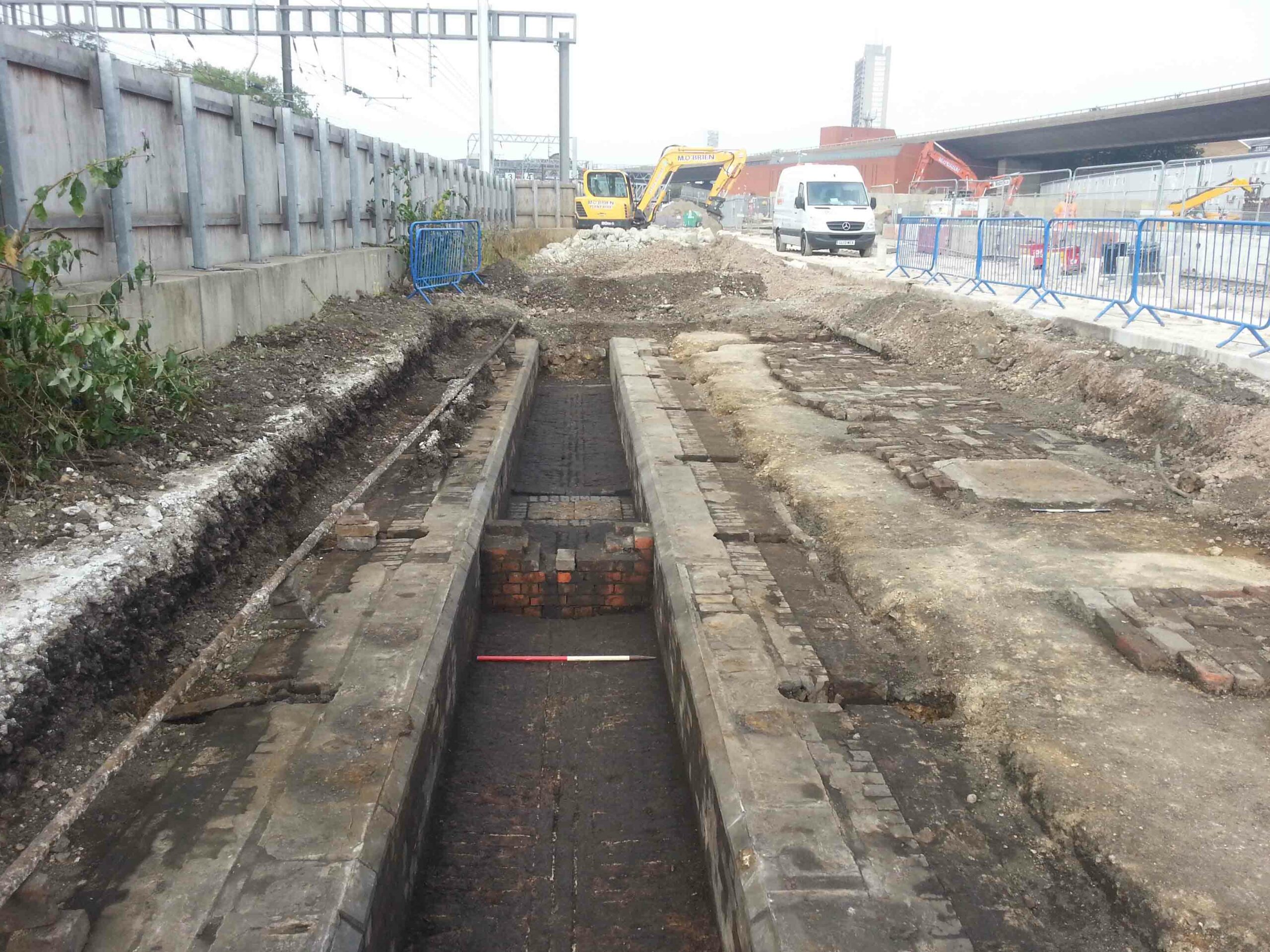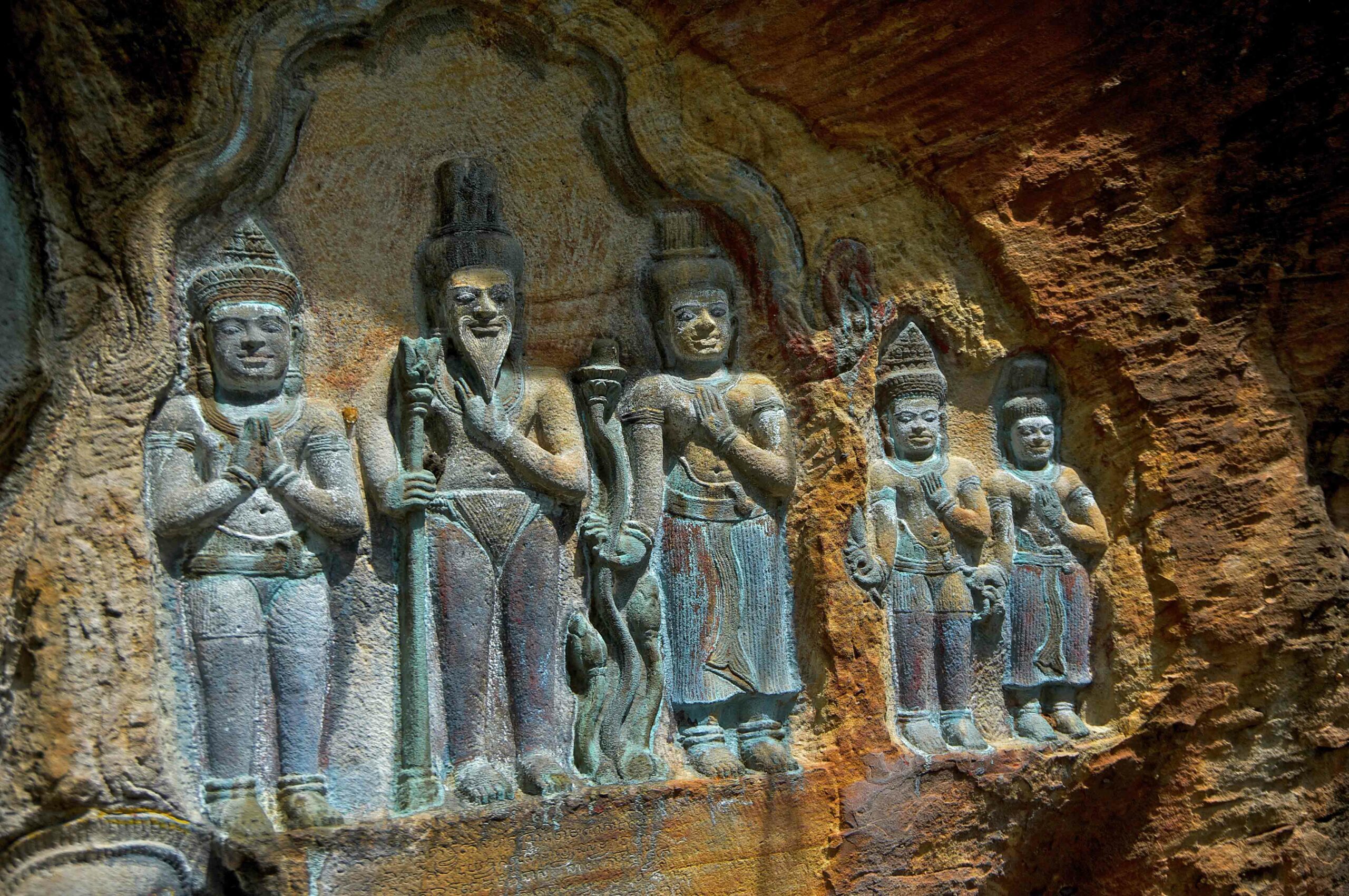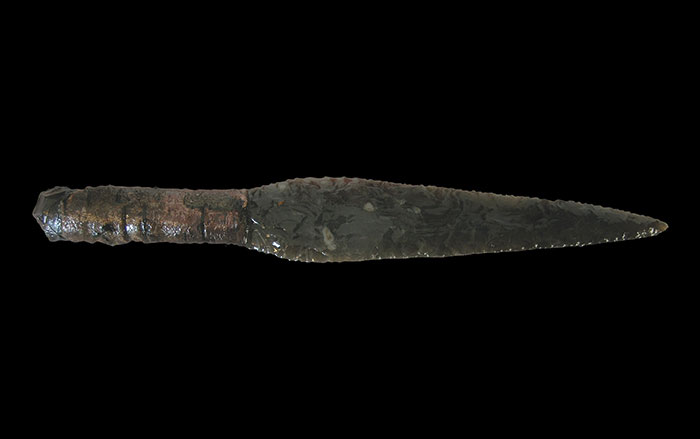
Archaeologists working with one of the world’s newest rail projects have discovered the remains of one of the oldest. Near London’s Paddington Station, researchers employed by the Crossrail tunnel project dug up the foundations of engine sheds, workshops, and turntables used to turn trains, built in about 1851 by I.K. Brunel, creator of the Great Western Railway, which linked London to western England. They also found traces of Brunel’s stone rail beds, which were among the last to be built at the wide-gauge measurement of seven feet. In 1846, Parliament had decreed that narrower, cheaper, standard-gauge rails would be phased in everywhere in Britain. However, archaeologists found no pieces of the actual iron tracks, barring a few twisted fragments. “Very likely they were all salvaged when the buildings were demolished in 1906, and the iron was recast and reused,” says Jay Carver, lead archaeologist for Crossrail. The timber sleepers—also known as ties—were also missing. Other discoveries include the well-preserved floor of a 600-foot-long shed where trains were cleaned and maintained and that, in its day, could hold dozens of locomotives and passenger coaches.

Since no records of the site’s dimensions were kept when it was demolished and covered over by a bus depot and a mixing plant, Carver and his team are mapping and photographing the yard to establish what it looked like in Victorian times, and maybe to reconstruct it. That would be a fitting tribute to Brunel, a legendary civil engineer who is one of the most revered Britons of all time, often ranking second only to Winston Churchill in popular polls. The Great Western Railway, opened in 1838, “was probably Brunel’s greatest achievement, and this was one of the most important structures associated with it,” says Carver.










